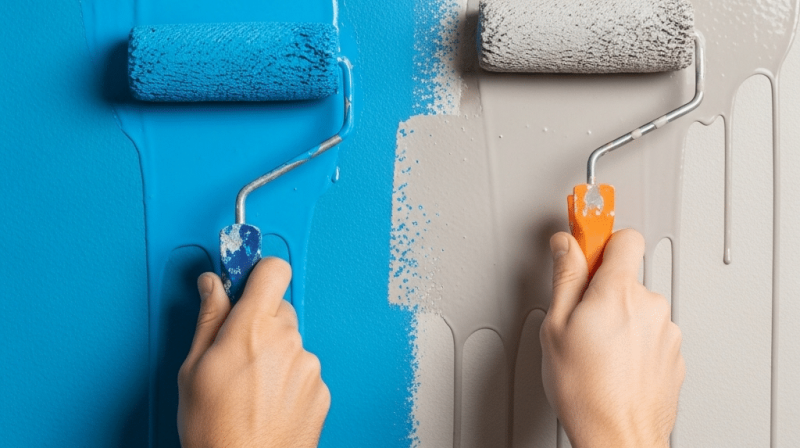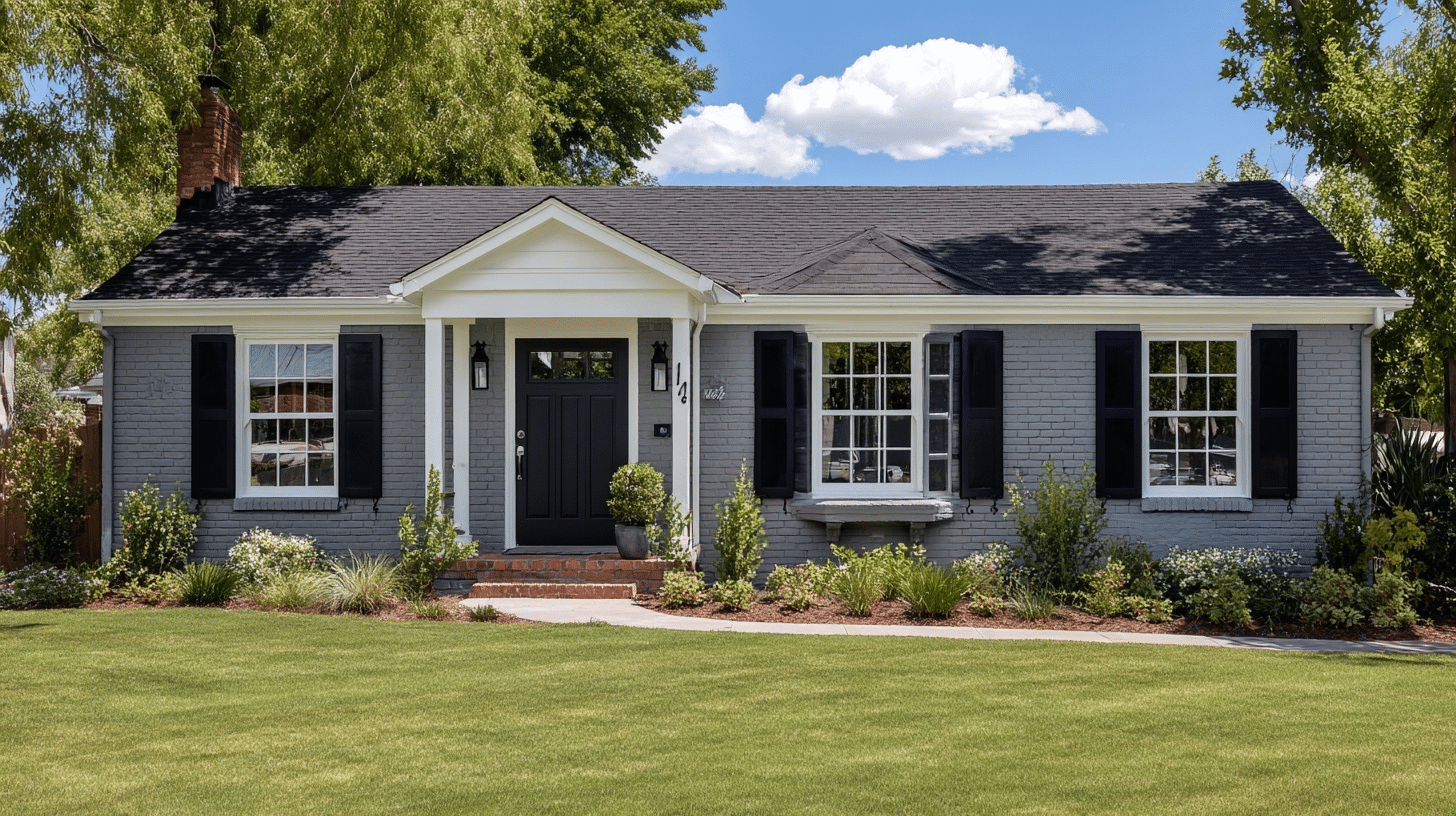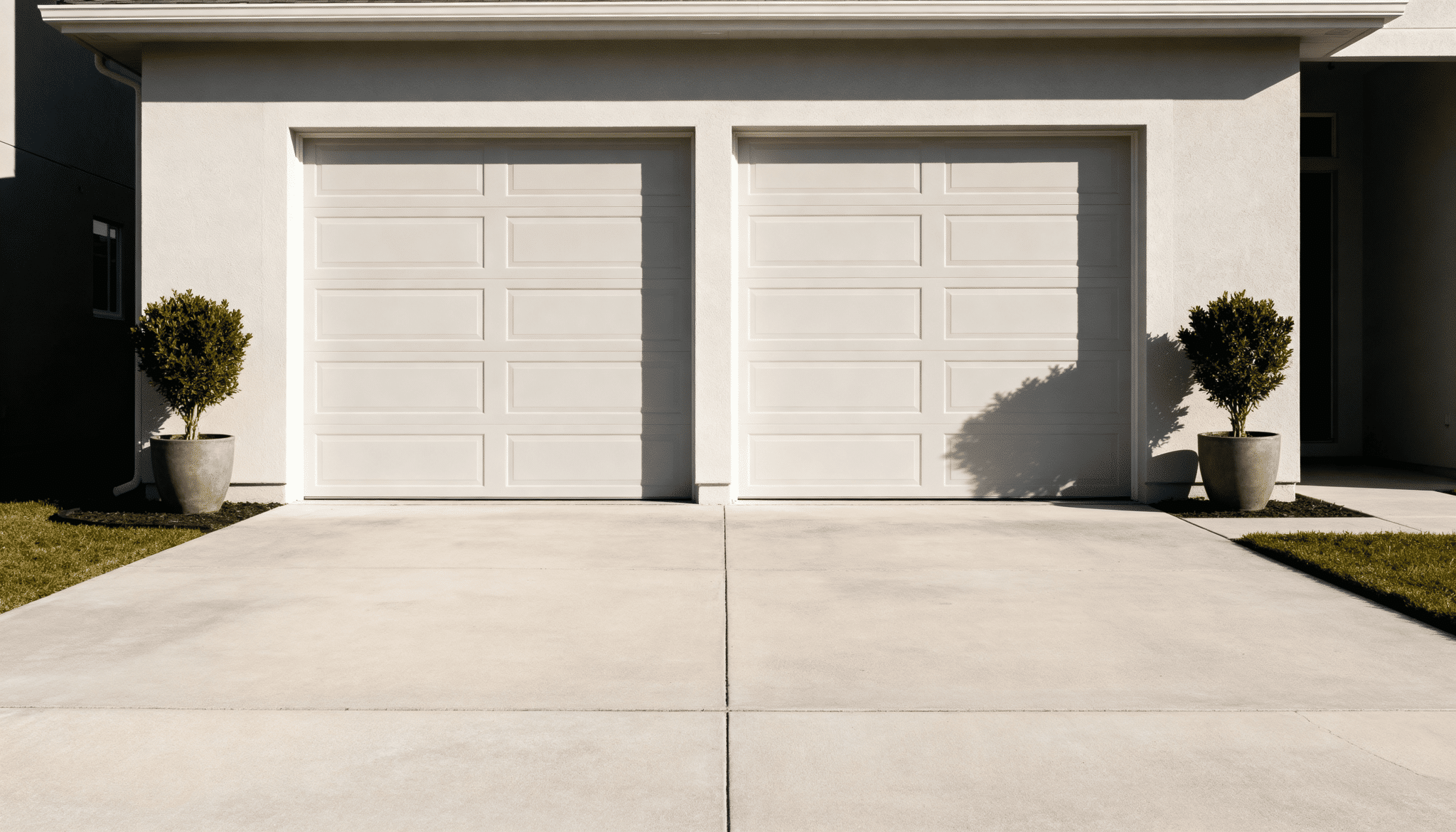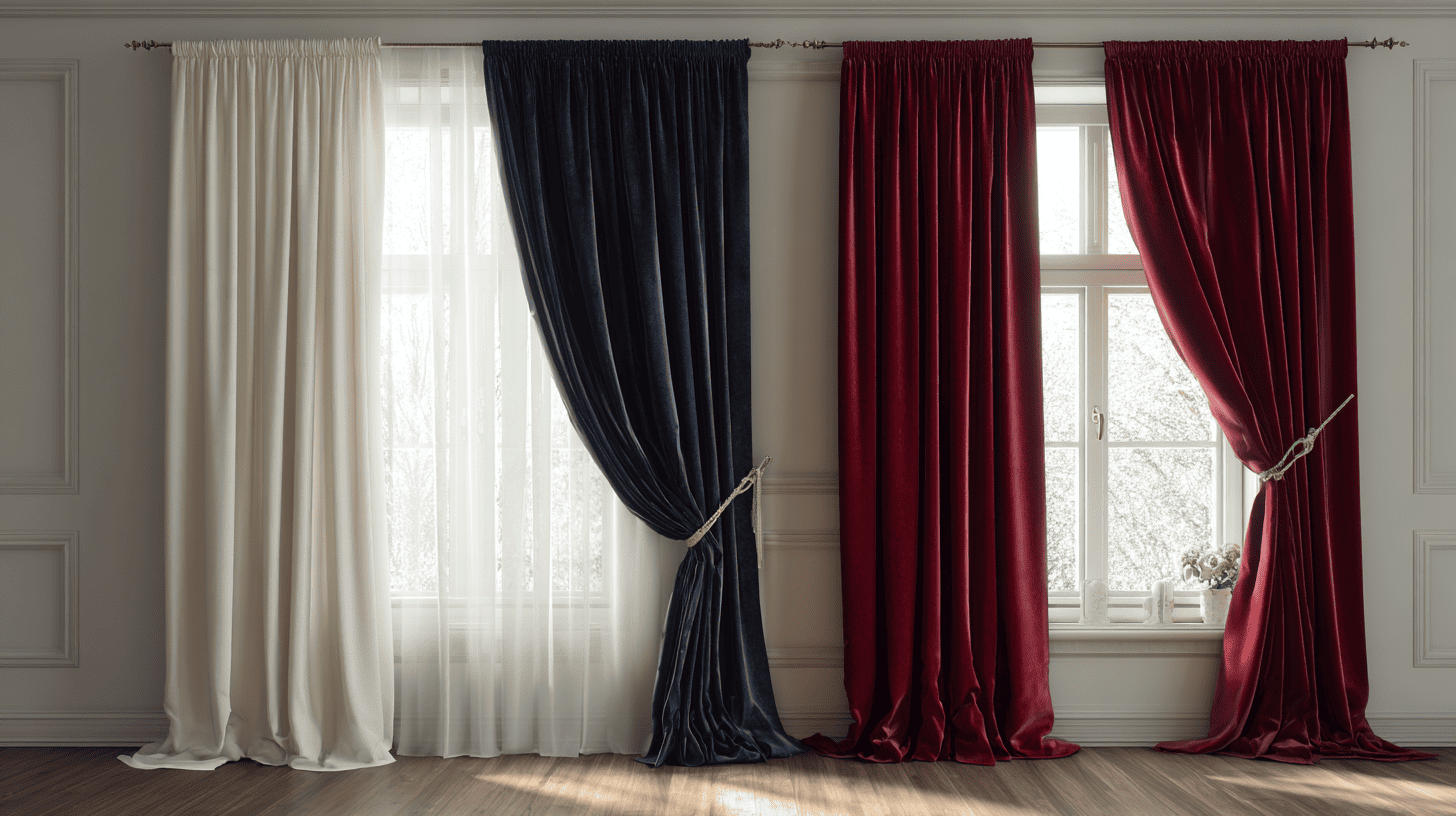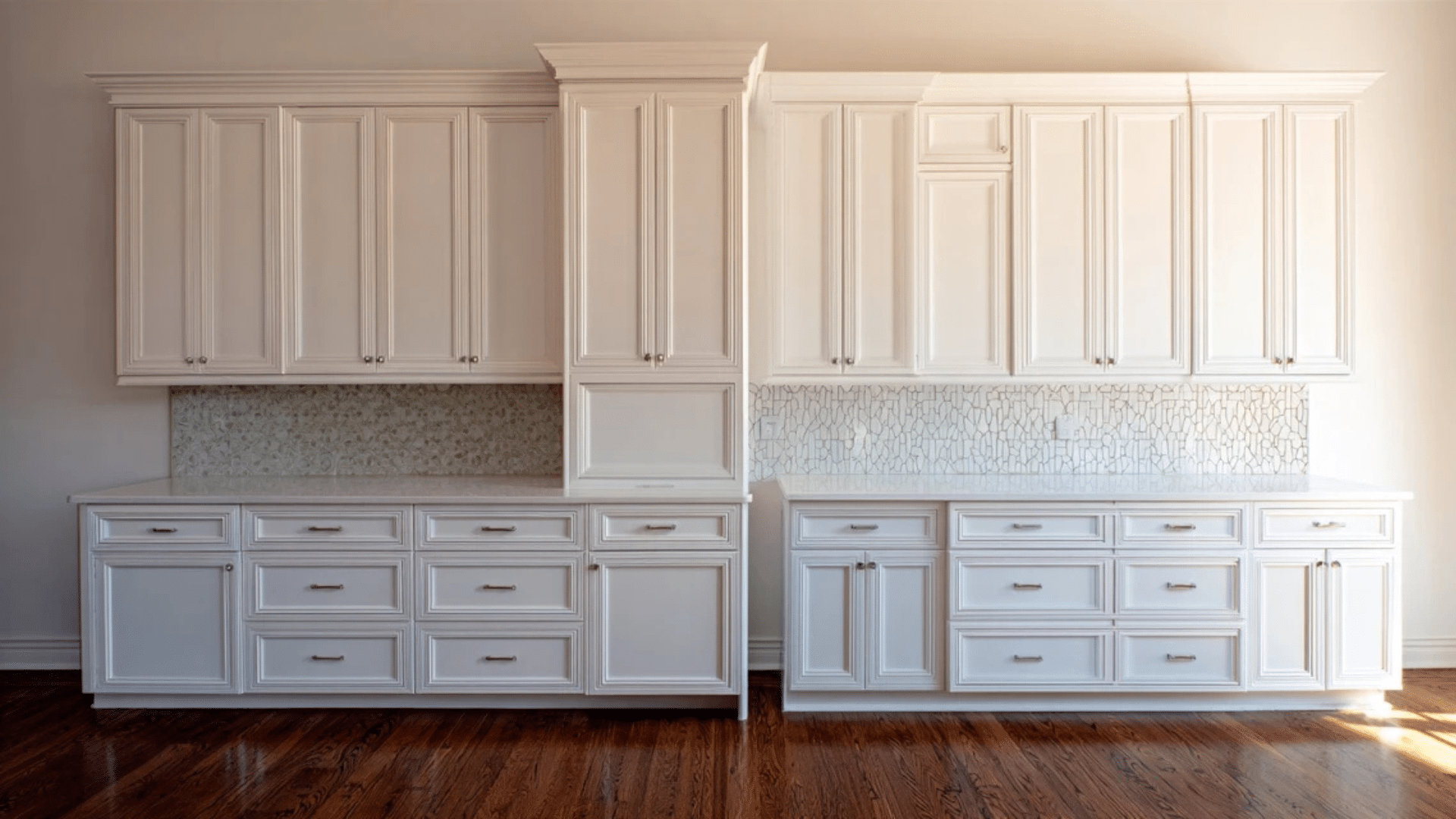I used to think all paint was the same. Just grab any can and start rolling, right? Wrong!
Using the same paint for walls and ceilings can cost you more money and give you a finish that looks, well, amateur.
Here’s what I learned: ceiling paint vs wall paint isn’t just about marketing tricks. These paints have real differences that affect coverage, cost, and how professional your room looks when you’re done.
I’ll show you exactly which paint works best for each surface. Plus, I’ll share the key differences that can save you time and money on your next project.
Understanding Ceiling and Wall Paints
What is Ceiling Paint?
Ceiling paint is a thick, flat-finish paint designed for overhead surfaces. Its purpose is easy application with minimal drips and maximum coverage.
The formulation includes more binders and pigments for one-coat hiding power. It typically comes in ultra-flat or flat finishes to reduce glare.
What is Wall Paint?
Wall paint is formulated for vertical surfaces with varied sheen options. It offers design flexibility through multiple colors and finishes.
The durability factor handles daily wear, cleaning, and touch-ups. Sheen variety ranges from flat to high-gloss for different room needs.
These are my personal recommendations for the paint options:
Benjamin Moore’s Waterborne Ceiling Paint,Ultra Spec 500, and Benjamin Moore’s Regal Select Interior or Advance Interior each serve specific project requirements.
Sherwin-Williams offers similar options. Their Eminence Ceiling Paint works great overhead, while SuperPaint Interior Latex, ProClassic Interior Acrylic, and Duration Home Interior handle wall traffic beautifully.
The key difference? Ceiling paint prioritizes easy application and hiding flaws. Wall paint focuses on cleaning and lasting through daily use.
Quick-Glance Comparison Table
I made this table to help you see the differences at a glance. It’s saved me from many painting mistakes over the years.
| Feature | Ceiling Paint | Wall Paint |
|---|---|---|
| Sheen | Ultra-flat | Flat, eggshell, satin, etc. |
| Coverage | High-hide, single-coat finish | May need multiple coats |
| Drip Resistance | Minimal spatter | Can drip if applied overhead |
| Tintability | Limited | Highly tintable |
| Price Point | More cost-effective | Varies by type & finish |
What do I notice most? Ceiling paint does one job well; it goes on thick and stays put.
Wall paint gives me options but requires more coats. The drip resistance alone makes ceiling paint worth it when I’m painting overhead.
Key Factors to Know Before You Choose One
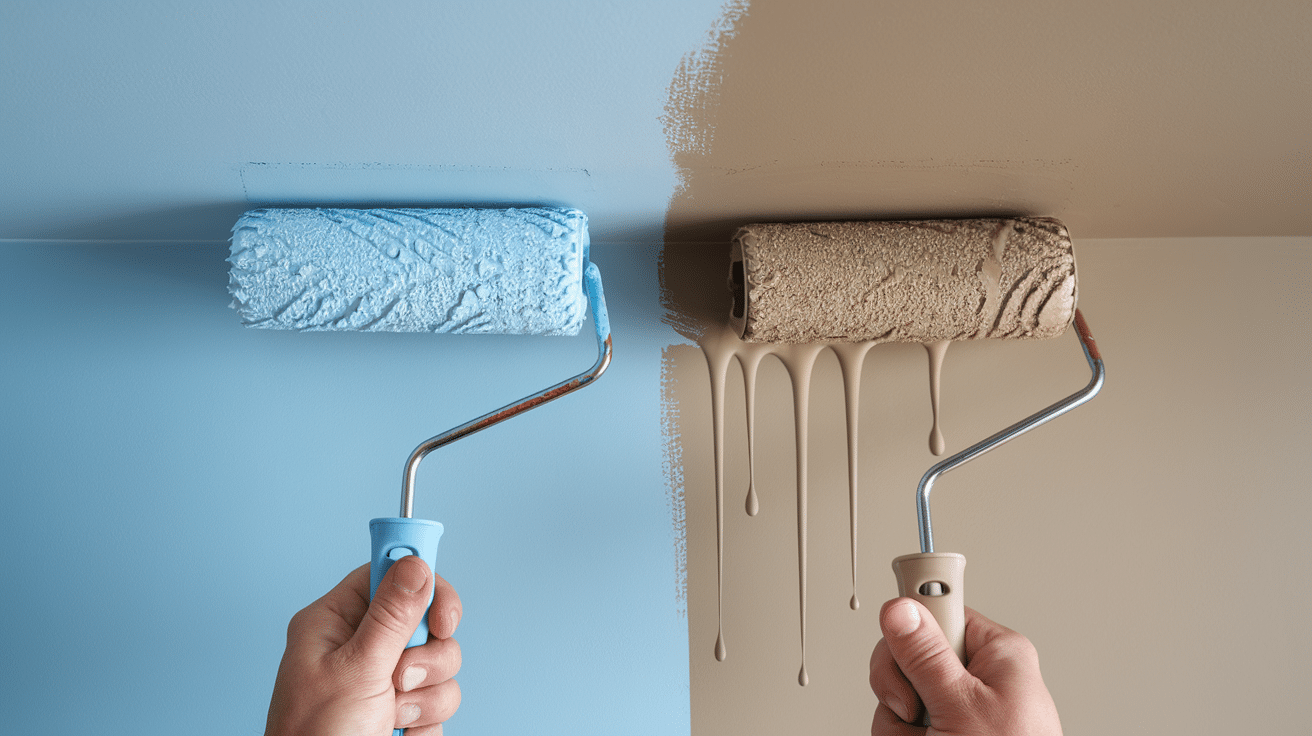
I’ve learned that choosing between ceiling paint vs wall paint isn’t just about what’s on sale. Several key factors help me decide which paint will give me the best results for each project.
Surface and Exposure
I use ceiling paint on flat surfaces that rarely get touched. Ceilings don’t need scrubbing or heavy cleaning. Wall paint works better on high-touch areas like hallways, kids’ rooms, and kitchens.
It handles fingerprints, scuff marks, and daily wear much better than ceiling paint would. I’ve learned this the hard way – ceiling paint on walls shows every mark and can’t be wiped clean easily.
Lighting and Imperfections
Ceiling paint’s flat finish reduces glare from overhead lights. I’ve seen how glossy paint on ceilings creates annoying reflections that hurt your eyes.
For walls, I can choose sheens that highlight artwork or create mood lighting effects. Wall paint also handles textured walls better when I want to show off decorative elements.
The different sheen options let me control exactly how light bounces around each room.
Budget Constraints
I save money by using ceiling paint on large ceiling areas. It covers more per gallon and usually needs just one coat. For walls, investing in quality wall paint for the rooms is preferred the most.
Cheaper wall paint in low-traffic areas works fine, but I spend more on kitchens and living rooms. The key is knowing where to splurge and where to save without sacrificing the final look.
Project Scope
When I’m refreshing just the ceiling, ceiling paint makes sense. It matches existing white ceilings perfectly. For whole-room projects, coordinating ceiling and wall colors carefully would refine your project.
Sometimes, use the same color family but different paint types to get the right look and performance. This approach lets me create cohesive designs while using each paint where it works best.
Desired Finish and Sheen Control
I pick ceiling paint when I want zero shine and maximum flaw hiding. For walls, I choose based on the room’s purpose.
Bathrooms get satin or semi-gloss for moisture resistance. Bedrooms get eggshells for easy cleaning. Living rooms can handle flat paint if I’m careful about maintenance.
The sheen level affects both appearance and practicality, so I match it to how each room gets used.
Why Choose Ceiling Paint for More Than Just Ceilings?
Beyond the typical ceiling paint vs wall paint decision, I’ve found ceiling paint works wonders beyond ceilings. It’s my secret weapon for specific painting challenges.
1. One-coat hide for textured ceilings and popcorn ceilings
Ceiling paint covers bumpy surfaces in one pass. Regular wall paint needs two or three coats. The thick formula fills gaps instantly.
2. Great primer alternative for walls in utility spaces
I use it as a primer in garages and basements. It’s cheaper than buying separate primer and paint, plus it sticks well to concrete and drywall.
3. Helps cover smoke stains and watermarks
The high-hide formula blocks tough stains like nicotine and water damage. It prevents bleed-through that ruins finish coats.
4. Cost-effective for basements, garages, rentals
When I need budget coverage for large areas, ceiling paint saves money. It costs less per gallon and covers more square footage.
Fresh Ways to Use Ceiling Paint
While most people focus on the ceiling paint vs wall paint decision, I’ve found some clever uses for ceiling paint that go way beyond just ceilings. These techniques have saved me money and created some stunning effects.
Disappearing Ceilings
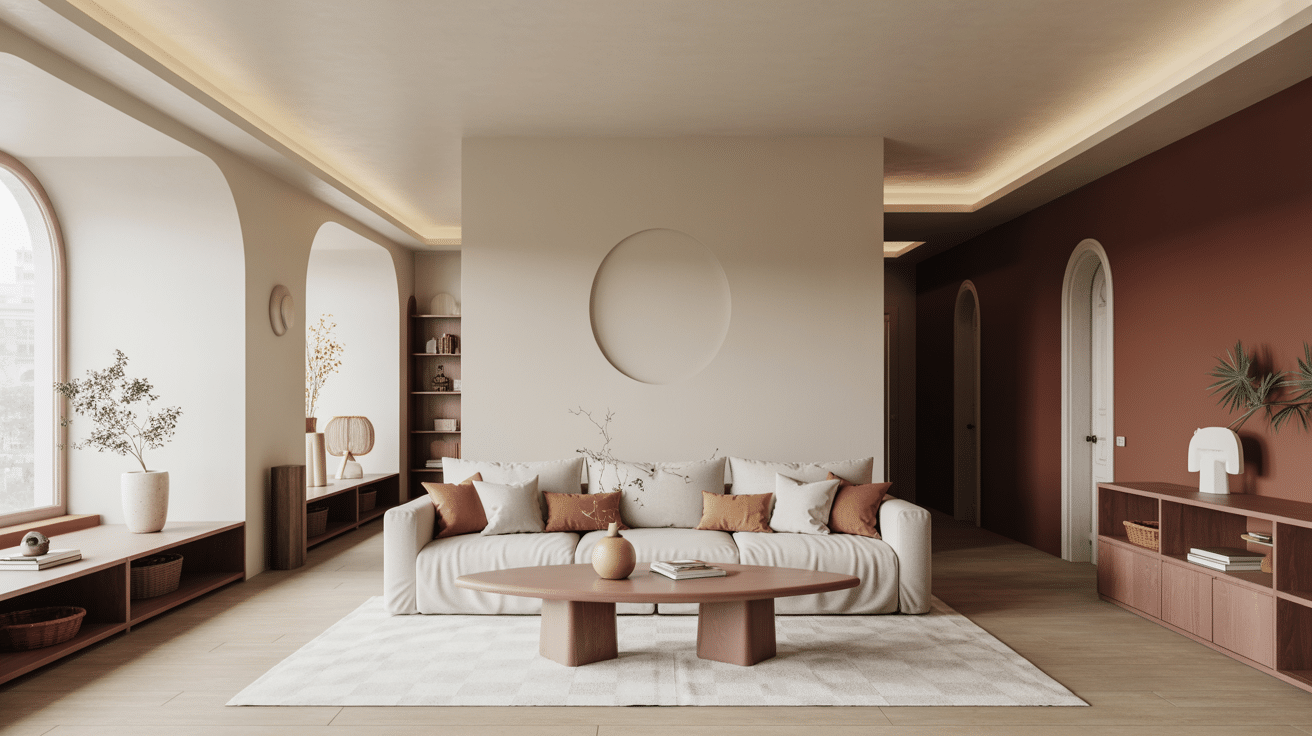
I use ceiling paint to make the ceilings blend into the background. The ultra-flat finish eliminates distracting reflections and creates a smooth, uniform look that doesn’t compete with my wall colors or décor.
- Durability Factors: Low-touch surface means it lasts for years without maintenance
- DIY Difficulty Level: Easy – just roll it on like any ceiling project
Tone-on-Tone Walls
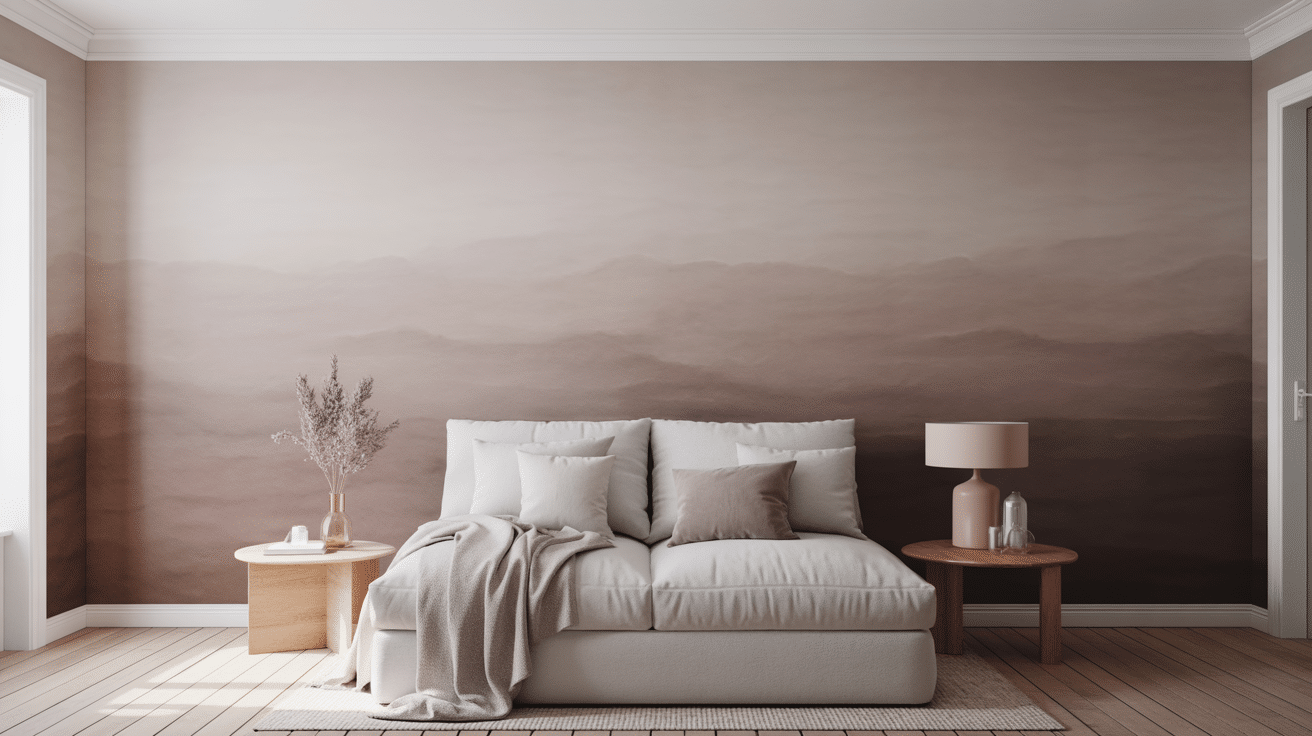
I apply ceiling paint as a base coat on walls, then add a slightly darker wall paint on top. This creates subtle depth and a calming monochromatic effect that looks expensive but costs less.
- Durability Factors: Needs topcoat protection in high-traffic areas
- DIY Difficulty Level: Moderate – requires careful blending and timing
Matte Modern Walls
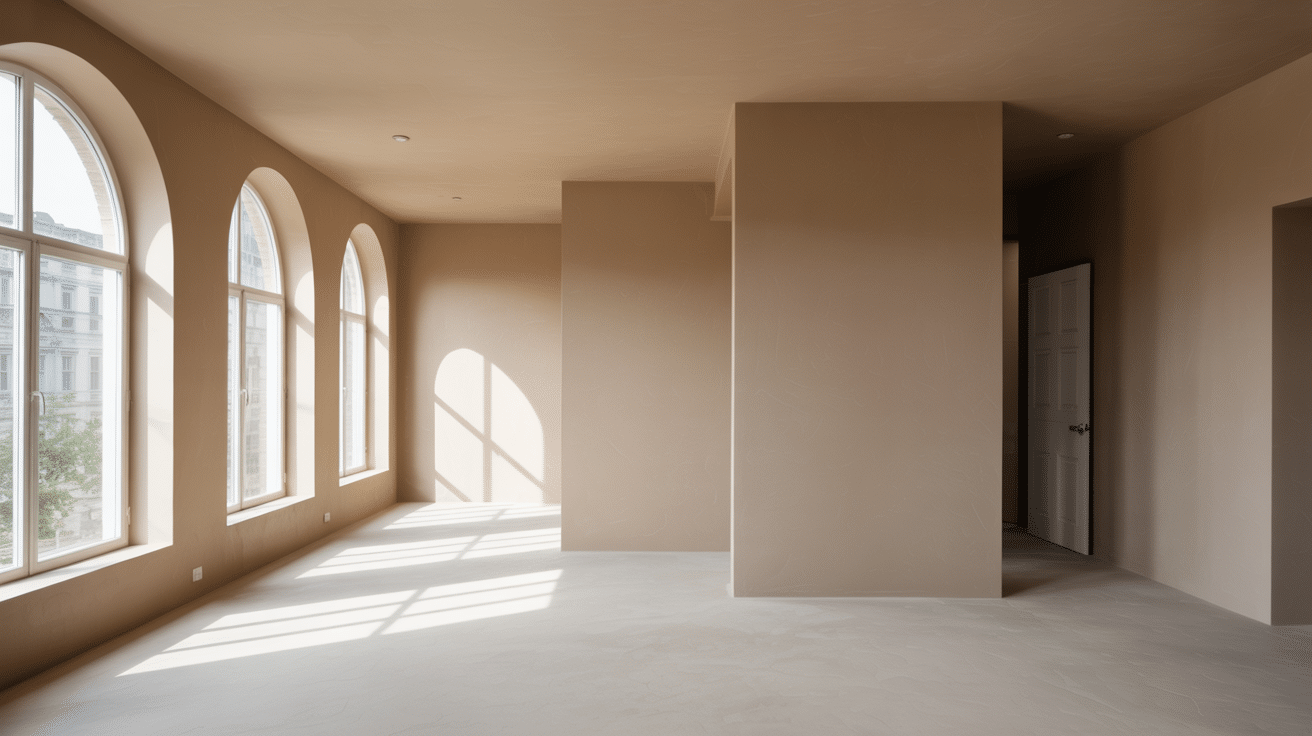
I use ceiling paint directly on walls for an ultra-flat, modern look. It reduces glare from windows and gives rooms a refined, gallery-like feel that’s very trendy right now.
- Durability Factors: Shows scuffs easily, best for low-traffic rooms
- DIY Difficulty Level: Easy – applies like regular paint but needs gentle handling
Ambient Tinting
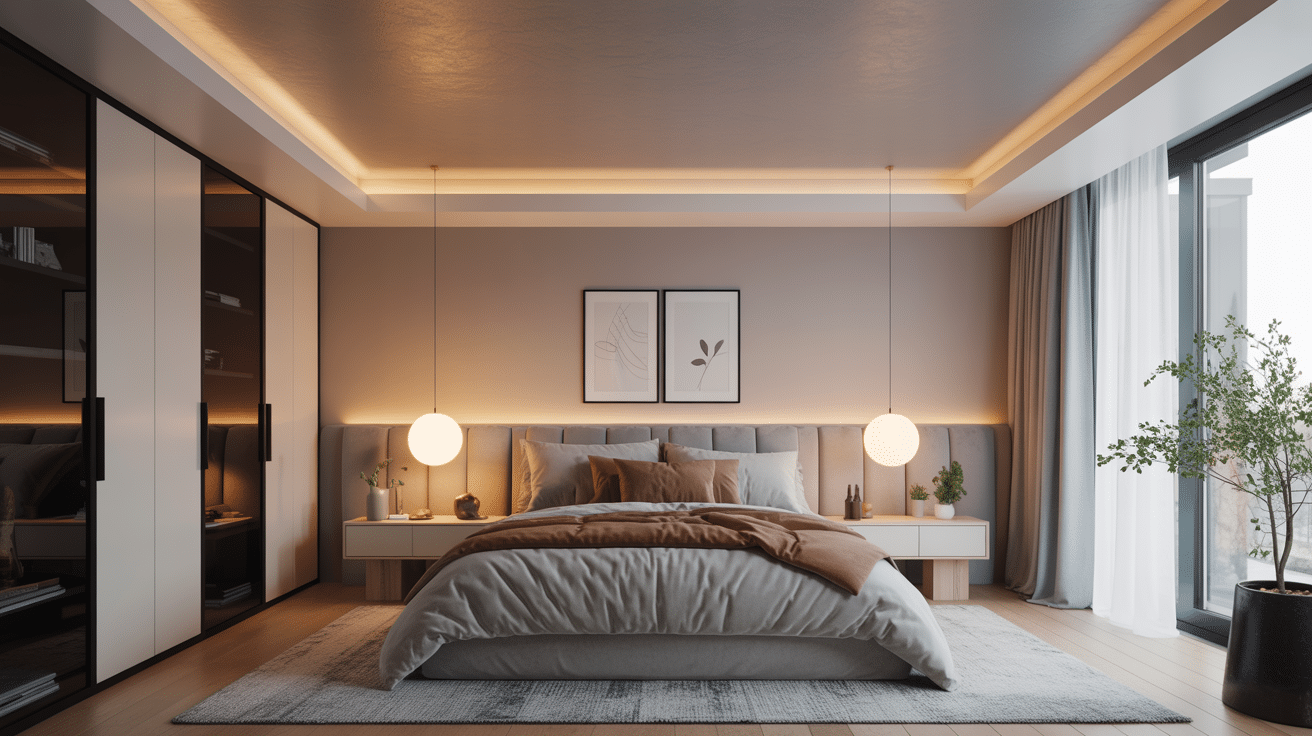
I tint ceiling paint with a hint of color to create softer light diffusion. A pale blue or warm gray ceiling changes how light bounces around the room and affects the whole mood.
- Durability Factors: Excellent – tinted ceiling paint maintains color stability
- DIY Difficulty Level: Easy – just ask for light tinting at the paint store
Budget Touch-Ups
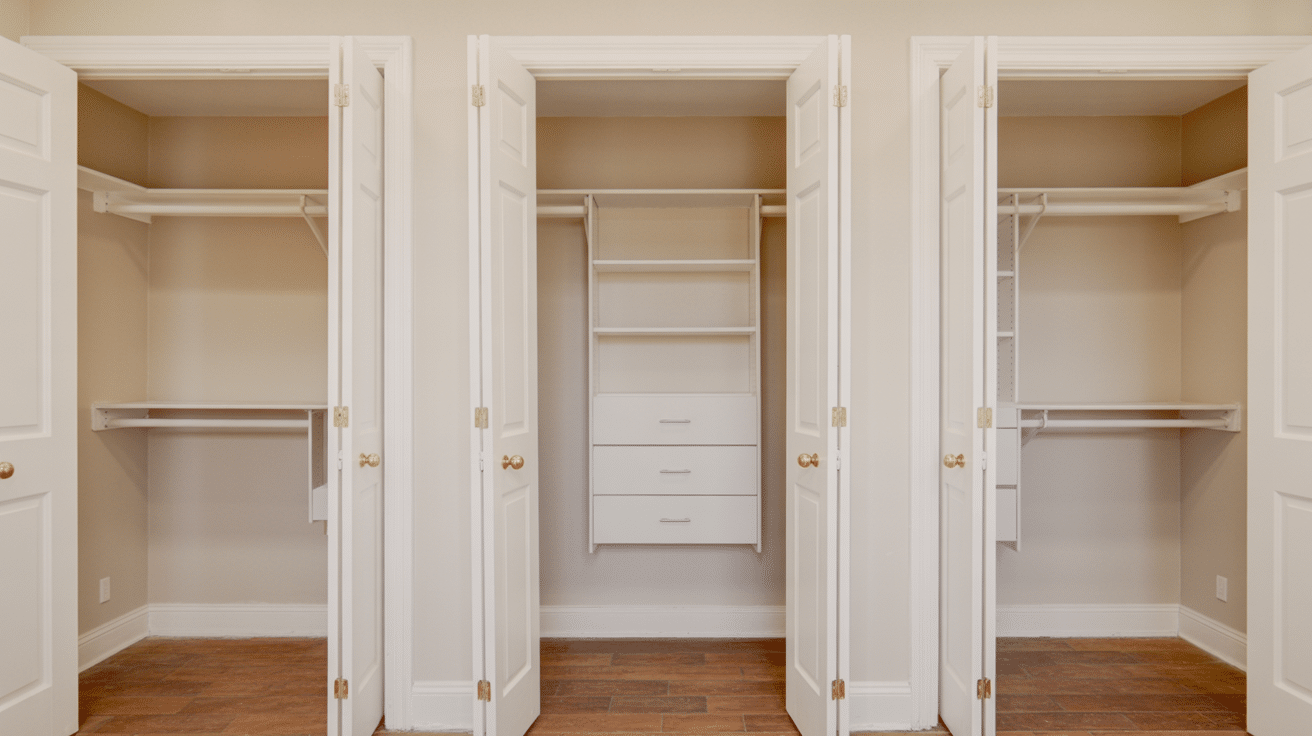
I refresh closets, garage ceilings, and under-stair spaces with ceiling paint. It’s cheaper than wall paint and gives these forgotten areas a clean, finished look without breaking my budget.
- Durability Factors: Perfect for low-maintenance areas that need occasional refreshing
- DIY Difficulty Level: Very easy – ideal for beginner painters
Key Takeaway
After looking at ceiling paint vs wall paint from every angle, here’s my honest take: there’s no single winner.
I’ve learned that ceiling paint is your functional powerhouse; it covers more, costs less, and handles overhead work beautifully. Wall paint is your design king, offering colors, sheens, and durability for daily life.
The smart move? Use both strategically. Ceiling paint for ceilings, textured surfaces, and budget areas. Wall paint for high-touch spaces and design statements.
Stop overthinking it. Pick the right paint for each job, and your next project will look professional and last longer.


